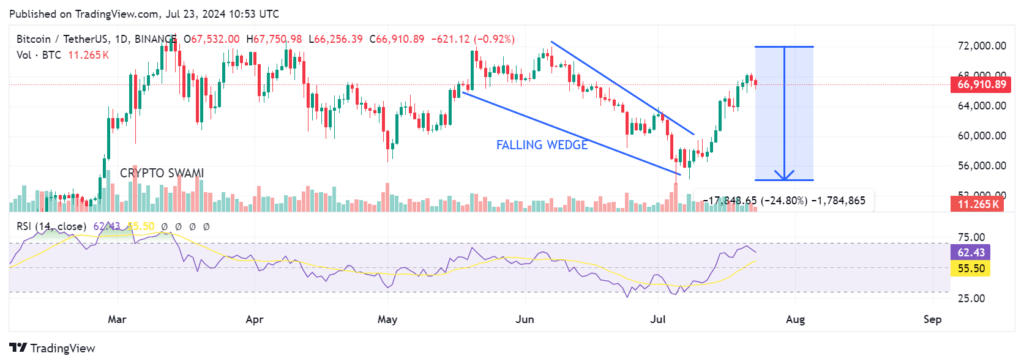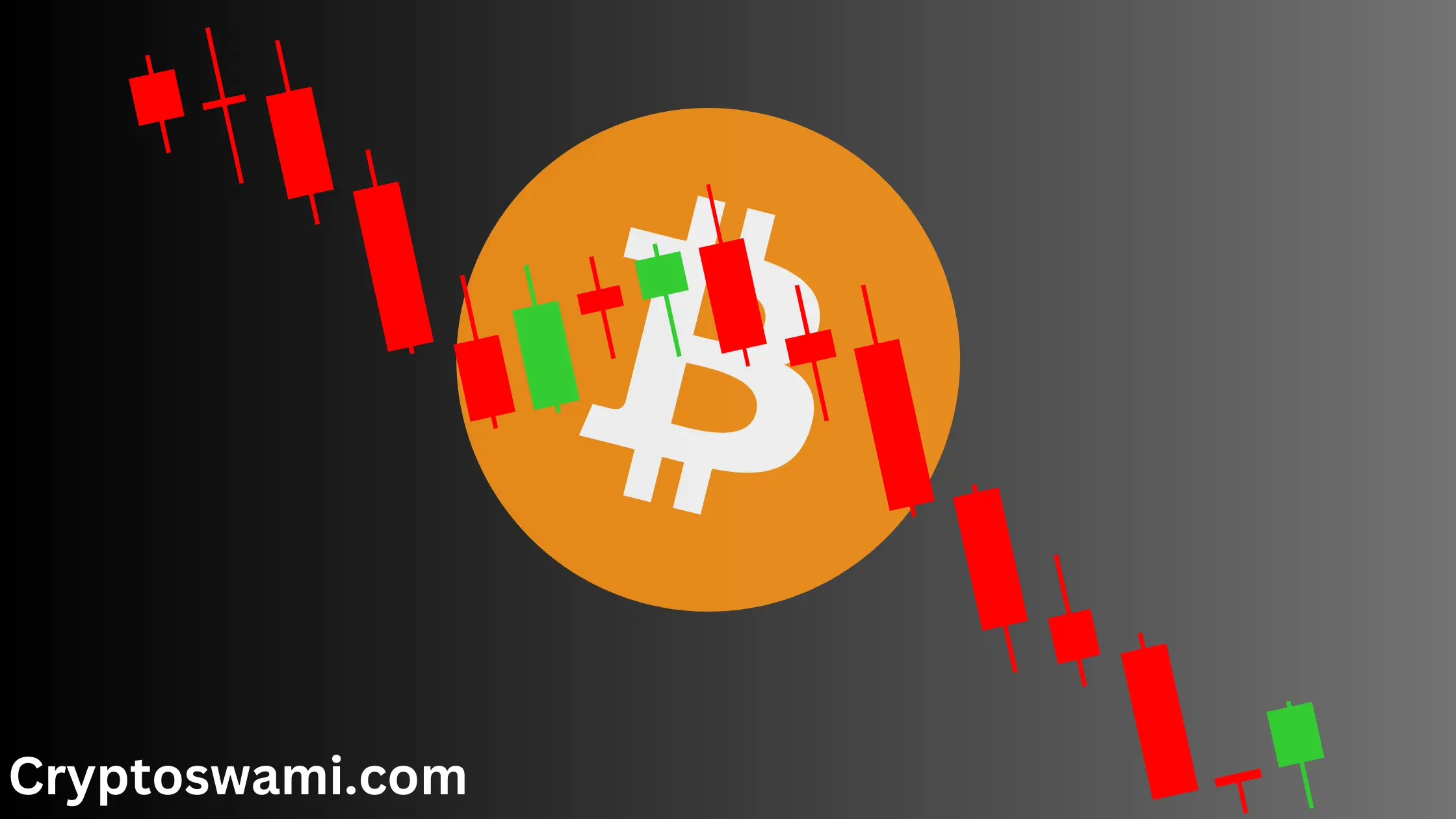The cryptocurrency market is once again abuzz with the recent news of the US government’s $4 million Bitcoin dump following Germany’s footprint. This move has ignited a flurry of speculation and concern among investors, who are wary of another potential Bitcoin selloff on the horizon. Despite a series of bullish catalysts, the looming threat of further Bitcoin selloffs continues to cast a shadow over Bitcoin’s recent gains.
Bitcoin Selloffs: A Cause for Concern?
According to Arkham Intelligence, the US government transferred 58.472 BTC, valued at nearly $4 million, to a wallet address identified as “34tXj..HUXfd”, which subsequently moved the Bitcoin to Coinbase Prime. While this Bitcoin transaction may seem modest in the grand scheme of things, it has nonetheless stirred up discussions about the possibility of additional Bitcoin selloffs in the near future.
The US government currently holds a substantial amount of Bitcoin, totaling 213.239K BTC, worth approximately $14.43 billion. This significant Bitcoin holding, coupled with the recent Bitcoin dump, has heightened anxiety among investors who fear that continuous Bitcoin selloffs by governments could apply downward pressure on Bitcoin’s price. The recent Bitcoin selloff by the German government, which had a similar impact on the market, only adds to these concerns.
Bullish Catalysts for Bitcoin: A Ray of Hope
Despite the negative implications of the government’s Bitcoin dump, there are several bullish catalysts that have bolstered market sentiment for Bitcoin. One notable event is former President Donald Trump’s anticipated speech at the upcoming Bitcoin Conference 2024. His views on Bitcoin and cryptocurrency could potentially sway market opinions and mitigate some of the negative effects of the Bitcoin selloffs. Speculation is rife that Trump might even announce Bitcoin as a strategic reserve for the US, a move that could significantly boost Bitcoin market confidence.
Moreover, the recent robust inflows into US Spot Bitcoin ETFs have shown strong investor interest in Bitcoin. These Bitcoin inflows are indicative of confidence in Bitcoin’s long-term value, even amid short-term Bitcoin volatility. The combination of Trump’s potential endorsement and the Bitcoin ETF inflows might provide a counterbalance to the negative pressure from government Bitcoin selloffs.
Market Optimism for Bitcoin Amid Uncertainty
Interestingly, despite the recent government Bitcoin dump, Bitcoin’s price has shown resilience. It soared over 1%, crossing the $68,200 mark, with Bitcoin trading volume rising 84% to $43.79 billion. Additionally, BTC Futures Open Interest increased by 2% over the last 24 hours, signaling growing market confidence towards Bitcoin.

Bitcoin’s pattern indicates a falling wedge with high volatility, as depicted in the chart. A move to the $72k pivot will solidify Bitcoin’s position and signify sustained growth. The Relative Strength Index (RSI) at 62.43 further reinforces Bitcoin’s strong standing.
While the market remains optimistic about Bitcoin’s future, the ongoing government Bitcoin selloffs present a significant risk. Investors must stay vigilant, monitoring both the Bitcoin selloff activities and the positive Bitcoin catalysts that could influence Bitcoin’s price in the coming months.
Conclusion
The US government’s recent Bitcoin selloff has undeniably added an element of uncertainty to the Bitcoin market. However, the bullish Bitcoin catalysts, such as Trump’s upcoming speech and the strong inflows into Bitcoin ETFs, offer a glimmer of hope. As the Bitcoin market navigates this uncertain terrain, it will be crucial for investors to keep a close eye on both the negative and positive developments that could shape Bitcoin’s trajectory.
In this dynamic and unpredictable Bitcoin market, staying informed and adaptable is key. Whether the recent Bitcoin selloff will trigger a broader Bitcoin downturn or be offset by bullish Bitcoin developments remains to be seen. For now, the Bitcoin market watches and waits, with Bitcoin continuing to be the center of intense speculation and analysis.







